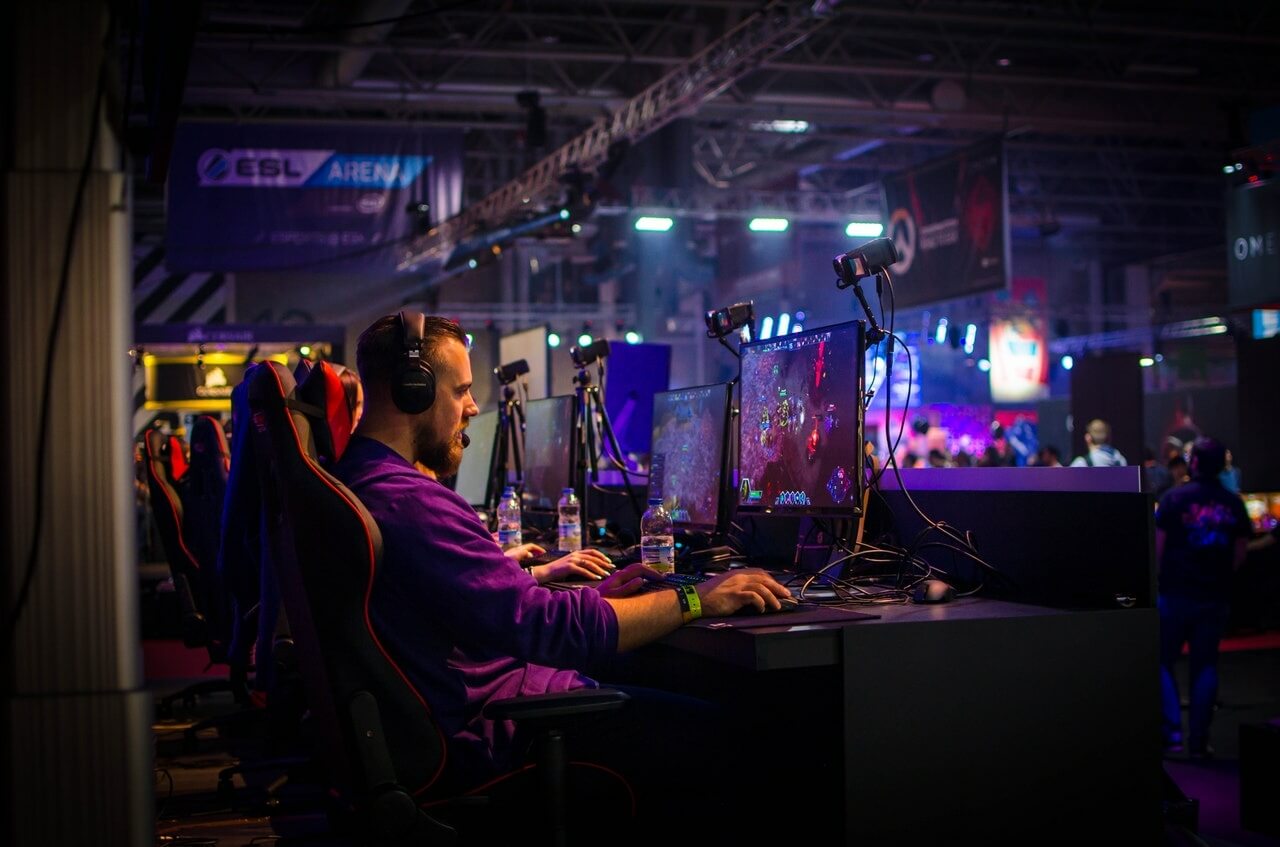Unlocking Player Emotions: The Psychology of Game Design
Introduction
In the world of video games, it’s not just about pixels, polygons, and controllers. Behind every successful game, there’s a meticulously crafted web of emotions, sensations, and experiences. Game designers, in their relentless pursuit of excellence, delve deep into the realm of psychology to create immersive and emotionally charged gaming experiences. This article explores the profound impact of psychology on game design, shedding light on how understanding player emotions becomes a cornerstone of game development.
Understanding Player Emotions
Game design is an art that merges the technical prowess of programming with the emotional depth of storytelling. To craft a game that resonates with players, developers must comprehend the psychology of emotions.
1. Immersion – The Gateway to Emotion
Immersion is the holy grail of game design. It’s the bridge that connects players with the virtual worlds they explore. Game designers employ a range of techniques, from stunning visuals to captivating narratives, to immerse players. The immersion triggers emotional responses – from the thrill of an action-packed battle to the sorrow of a heart-wrenching plot twist.
2. Flow State – Balancing Challenge and Skill
Psychologist Mihaly Csikszentmihalyi introduced the concept of “flow” as a mental state of complete absorption and enjoyment in an activity. Game designers must carefully calibrate the game’s challenge level to match the player’s skill. This balance ensures players remain in a state of flow, where they experience heightened emotions like satisfaction, achievement, and exhilaration.
3. Player Agency – Choices That Matter
Offering players agency in shaping the game’s narrative or outcomes is a powerful tool for evoking emotions. Meaningful choices create a sense of ownership over the game’s world and influence emotions such as empowerment, regret, or even moral dilemmas.
Design Elements that Evoke Emotion
Emotion-driven game design goes beyond psychology; it delves into the nuts and bolts of game mechanics.
1. Audio – The Unseen Catalyst
Soundscapes, music, and voice acting are integral parts of game design that directly influence player emotions. A well-composed score can transform a simple scene into an emotional powerhouse, eliciting joy, sorrow, or fear.
2. Character Development – Relatable Protagonists and Antagonists
Character design and development are central to creating emotional connections. Players forge bonds with relatable protagonists and invest emotions in defeating compelling antagonists. Well-crafted characters are mirrors reflecting the player’s own emotional journey.
3. Storytelling – Weaving the Emotional Tapestry
A compelling narrative serves as the backbone of emotional game design. Game developers use storytelling techniques to drive emotional engagement, leading players on an emotional rollercoaster from the opening sequence to the final credits.
Conclusion
The psychology of game design is a realm where science meets art. It’s the space where player emotions are not just considered; they’re orchestrated, curated, and amplified. Every aspect of game development, from visuals and audio to mechanics and narrative, plays a role in invoking emotional responses.
In the ever-evolving world of gaming, understanding player emotions is a pivotal element in crafting unforgettable experiences. Game designers, armed with knowledge of psychology, become the architects of virtual worlds that elicit laughter, tears, and everything in between. As long as there are players yearning for immersive experiences, the psychology of game design will continue to evolve, unraveling new dimensions of emotions for generations to come.


